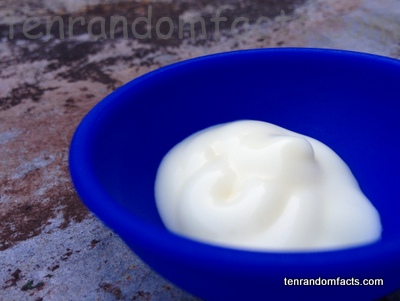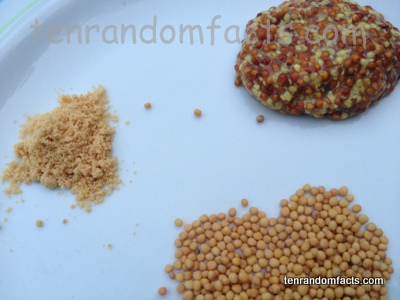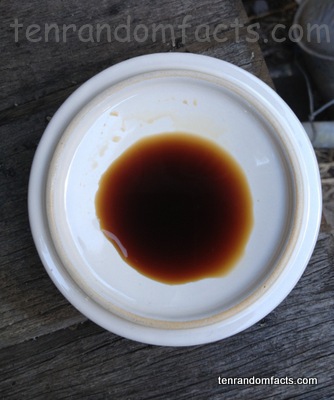
No salad is complete without mayonnaise.
- ‘Mayonnaise’ is also known as ‘mayo’, and became popular in France, eventually spreading to many countries throughout the world.
- Mayonnaise is typically a condiment that has a thick, creamy texture, and is generally made of egg yolk, oil and an acidic solution such as vinegar or lemon juice.
- Mayonnaise is usually white, cream or white-yellow in colour, and sometimes includes whole eggs, rather than just the yolk.
- Mayonnaise is often used as a base ingredient in other condiments, a common sauce being Thousand Island dressing, which is mayo usually mixed with tomato sauce and a few other ingredients.
- It is not certain who invented mayonnaise, or when or where, but it is considered a Spanish or French concoction, with its origin between the 15th to the 18th centuries.
- Mayonnaise is high in vitamin K and E and has a high fat content, reaching up to 85% fat in some formulas.
- Mayonnaise became commercially available and popular in the United States in the early 1900s.
- Raw egg was traditionally used in mayonnaise, but is now less frequently used due to possible food poisoning from salmonella bacteria.
- Mayonnaise is often used in or on salads, as well as dressings, sandwiches and dip.
- It is said that mayonnaise has a number of unusual uses that includes applying it like shampoo conditioner, using it for sunburn relief, and for treating head lice.
Bibliography:
Mayonnaise, 2013, Wikipedia, http://en.wikipedia.org/wiki/Mayonnaise
What are Some Uses of Mayonnaise?, 2013, WiseGEEK, http://www.wisegeek.org/what-are-some-uses-for-mayonnaise.htm












